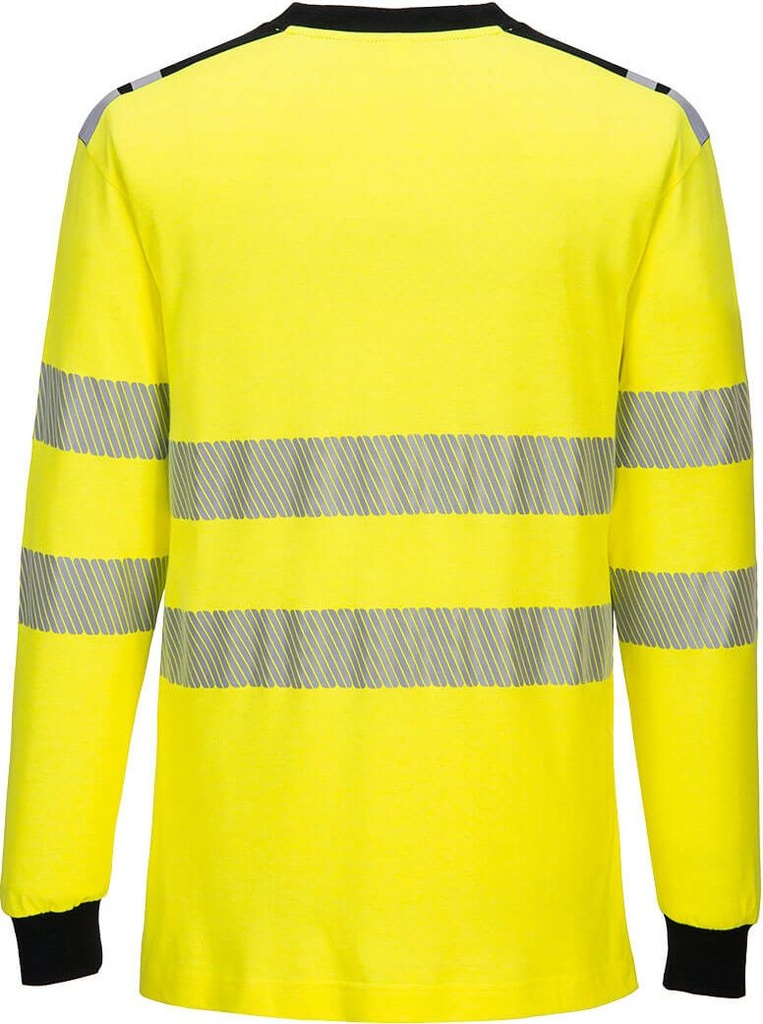Best Value
FR806 Madaflame Flame Resistant T-Shirt, Inherent FR
High quality construction and premium materials set this Flame-Resistant Anti-Static Long Sleeve T-Shirt aside from its competitors.
Features
Inherent flame resistant qualities will not diminish with washing
Protection against radiant, convective and contact heat
High cotton content for superior comfort
Ribbed cuffs for added comfort
Suitable to be worn in an ATEX environment
40+ UPF rated fabric to block 98% of UV rays
Anti-static
CE-CAT III
CE certified
Shell Fabric : Modaflame Knit HV: 60% Modacrylic, 39% Cotton, 1% Carbon Fibre 210g
Standards:
EN ISO 11612 A1, B1, C1, F1
EN 1149 -5
IEC 61482-2 IEC 61482-1-1 Elim 4.4 CAL/CM², EBT 5.5 CAL/CM²
IEC 61482-2 IEC 61482-1-2 APC 1
EN 17353 Type A
ASTM F1959/F1959M-12 EBT = 4.3 CAL/CM2 (HAF = 66%)
| Μέγεθος ρούχων | XS - XSmall or S - Small or M - Medium or L - Large or XL - XLarge or XXL - XXLarge or XXXL - 3XLARGE |
| Χρώμα | YER Κίτρινο |

?unique=17ba355)


?unique=17ba355)




